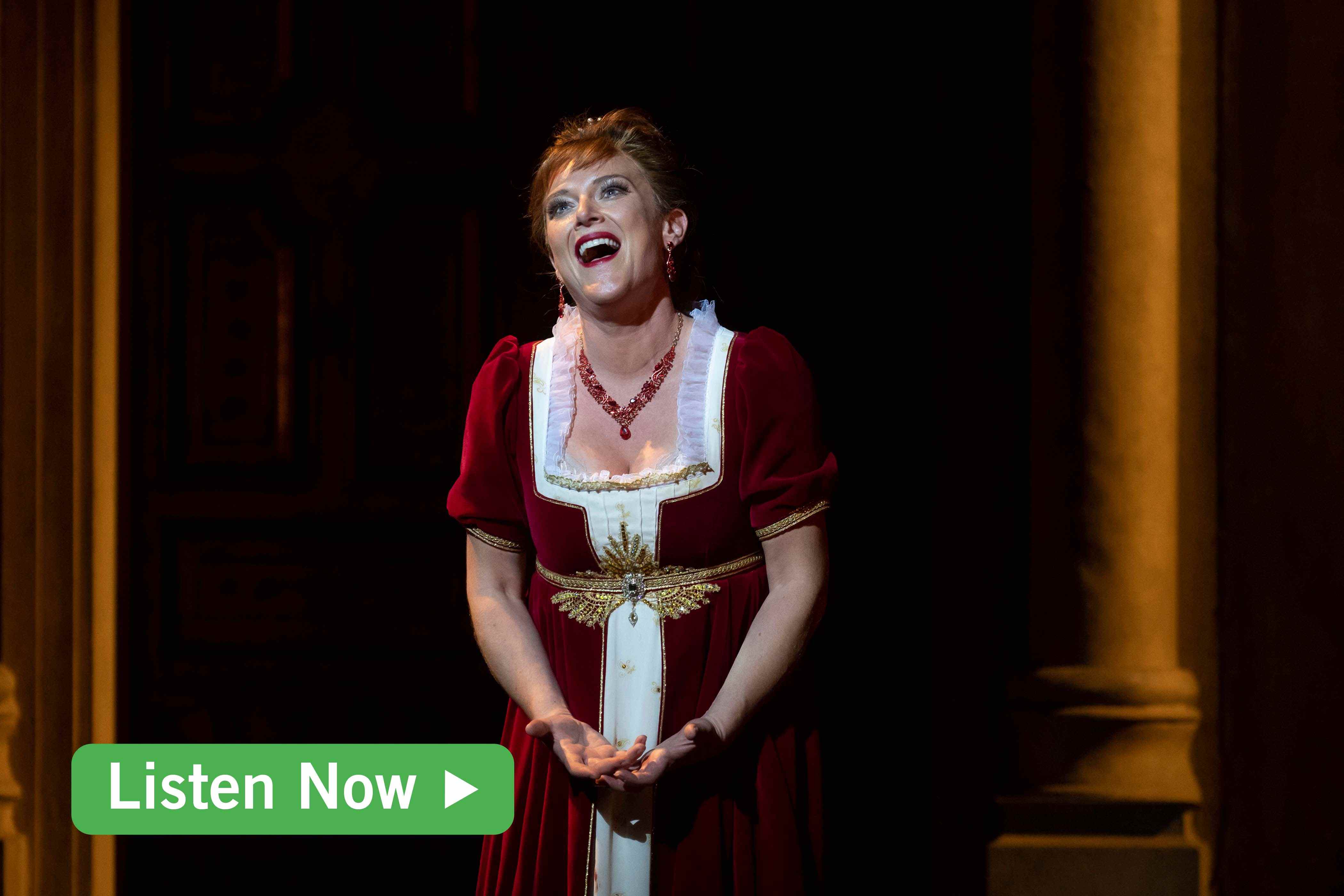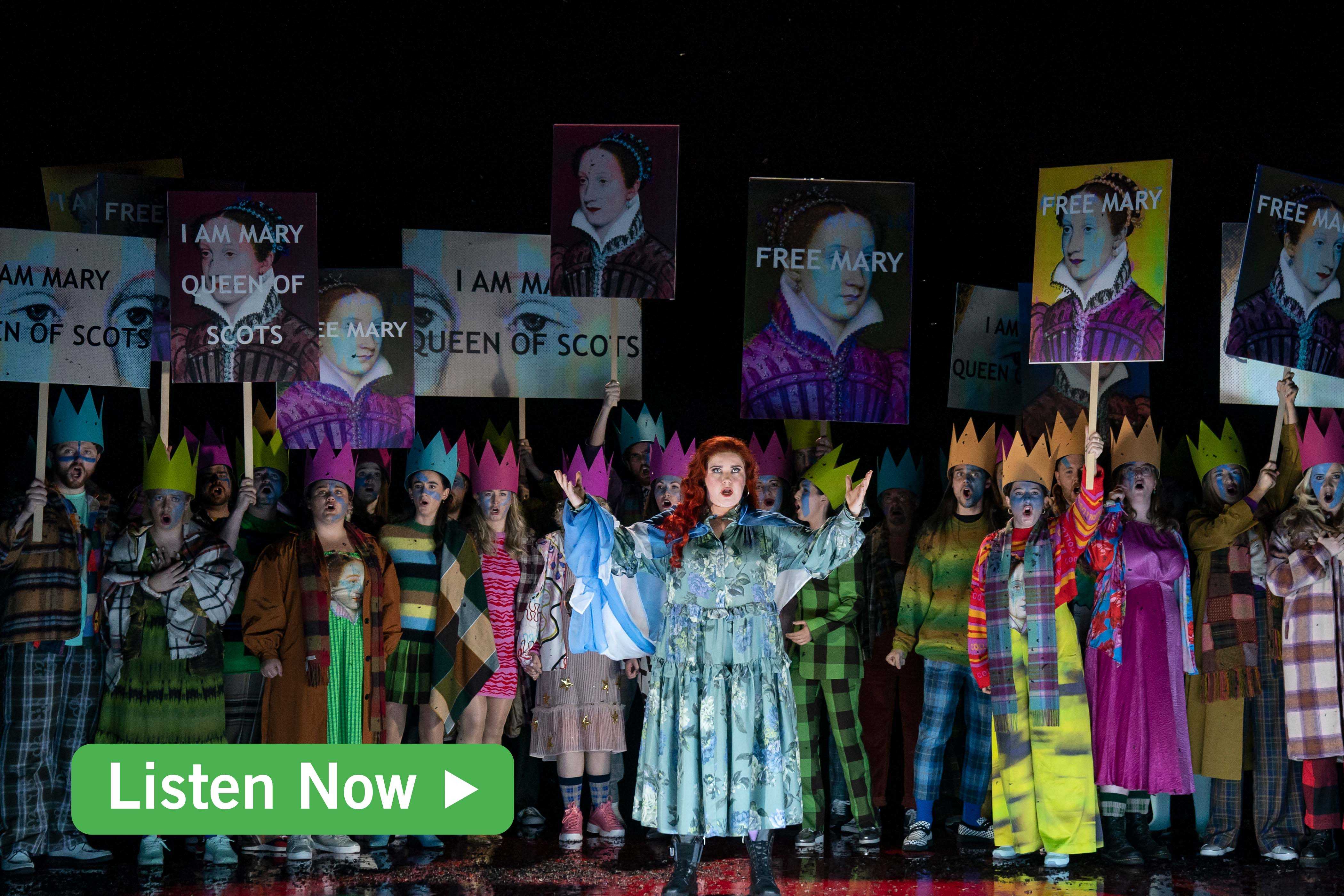
Explore Opera
Opera, like fruit, has its wide range of flavours. From the sweet sounds of Mozart to the epic Wagner and the avant-garde Stockhausen, there's an operatic style for everyone. Let's explore a brief history of opera and what each genre has to offer.
Renaissance Opera
What is it?
Monteverdi’s L’Orfeo is one of the earliest operas that is still regularly performed today. First performed in Italy 1607, the score called for a group of around 40 instruments arranged in groups to accompany the singers in particular scenes. True to the style at the time, the score provided only general instruction to the instrumentalists who were free to improvise as they saw fit. Modern performances may use historically informed instruments to give a more authentic feel.
What to expect
The orchestra tends to be small with many of the instruments playing ornamented versions of the same musical line, often improvising their own part. The music contains many ritornellos, or musical interludes, so you can expect to hear the same music repeated throughout the opera. The singers utilise unique ornaments to embellish the vocal lines.
Baroque Opera
What is it?
After Monteverdi paved the way for opera with L’Orfeo, the genre really took off and opera was everywhere in the baroque era. Plots often focussed on serious themes of Greek or Roman mythology which became known as opera seria. Italian opera was where it was at with many non-Italian composers still choosing to write in the Italian style. One of the most recognised baroque composers is George Frederich Handel who wrote a total of 49 operas of which the likes of Rinaldo, Giulio Cesere and Ariodante, all written in the Italian style, are among the most well-known today.
What to expect
Small orchestras consisting mainly of strings with a few wind instruments. The opera uses recitative accompanied by a small continuo group to propel the story. Arias with florid embellishments from the singers depict the emotion. You may get a shock when some of the male singers sound like women. Baroque opera often utilised castratti voices, but thankfully, the roles today are performed by counter-tenors, a very high male voice or by mezzo-sopranos playing the part of men. Many performances will use historically informed instruments to give an authentic style.
Classical Opera
What is it?
Kickstarted by another trip to the underworld, Gluck’s Orfeo ed Euridice was the first of the classical operas to move away from the rigorous form of opera seria. Today, classical opera is most commonly recognised by the works of Mozart, the undisputed king of the classical era. The themes of the operas became more relatable in the classical period, being less focussed on myths and more on real life. Comic operas focussing on ordinary people, known as opera buffa, are common and there is often an element of confusion to the plot, with cases of mistaken identity, character swapping and intrigue adding to the fun. Other famous classical opera composers are Rossini and Donizetti.
What to expect?
The classical orchestra is larger than the baroque, with a more defined wind and brass section developing. While recitative is still used, the action starts to develop into longer scenes, rather than staying focussed on the recit – aria – recit style.
Get a Taste & Listen to Donizetti's Maria Suarda
Romantic Opera
What is it?
Romantic opera is most likely what comes to mind when you first think of opera. It’s all drama, death and dastardly plots. There’s usually two doomed lovers, a lot of avoidable misunderstandings and a general sense of hysteria all round. But, with all that comes some of the repertoire’s most moving and rewarding music, with the power to melt even the stoniest of hearts.
What to expect
By the late 19th century operas like Verdi’s Rigoletto focussed on dramatic storytelling with a more fluid structure of continuous musical storytelling. Orchestras are much more symphonic in style with large percussion, wind and brass sections common.
Get a Taste & Listen to Puccini's Tosca

Modern Opera
What is it?
By the 1920s Alban Berg, a pupil of the composer Schoenberg had begun to challenge some of the fundamental conventions surrounding opera, most significantly in his use of atonality in operas such as Wozzeck and Lulu. This marked the end of romantic opera and the beginning of modern atonal opera. Atonality simply means that there is no established home key around which the music is based, a sound that can be challenging for some listeners.
But in reality, modern opera composers write in all kinds of different styles (some atonal and some more lyrical) on a wide variety of subject matters. English composer Harrison Birtwistle has drawn inspiration from Greek mythology in works such as The Minotaur and The Mask of Orpheus as well as unlikely contemporary figures such as seaside icons Punch and Judy. Recent Irish compositions include Gerald Barry’s The Importance of Being Earnest and Donnacha Dennehy and Enda Walsh’s The Second Violinist and The Last Hotel.
What to expect
Anything really, which is why it’s so exciting. New operas often include interesting site-specific, audio visual or even virtual and augmented reality elements bringing the opera experience to a whole new level. Researching previous compositions by the composer will give you a sense of their style and should guide you towards whether or not the opera will be to your tastes.

